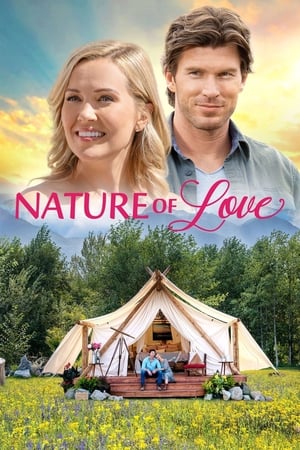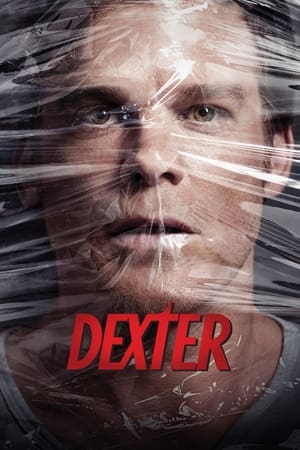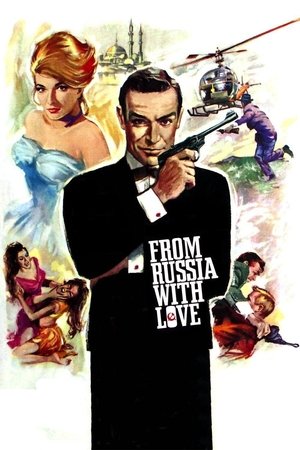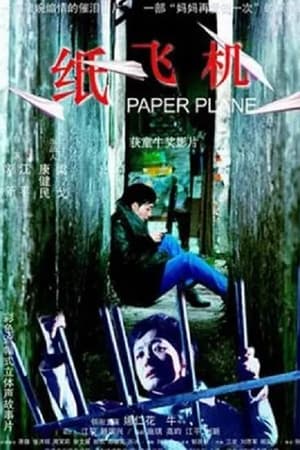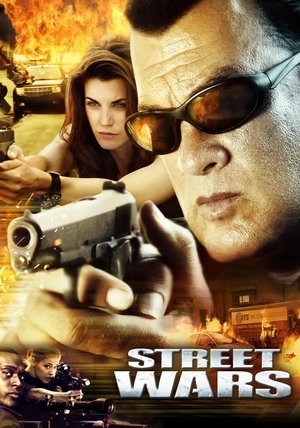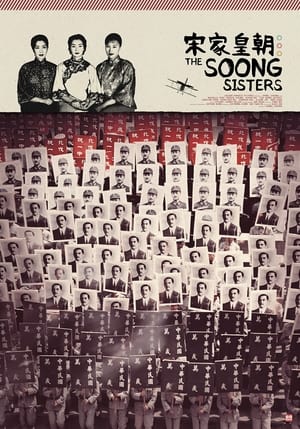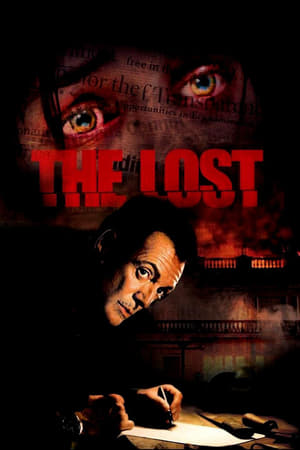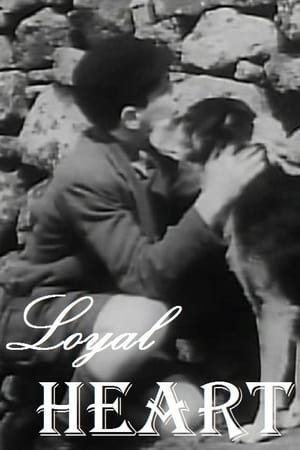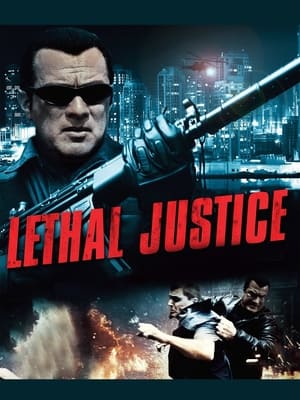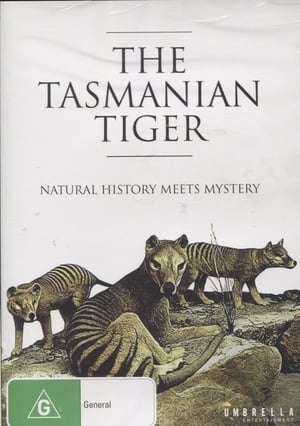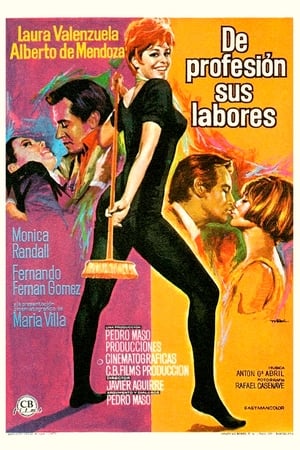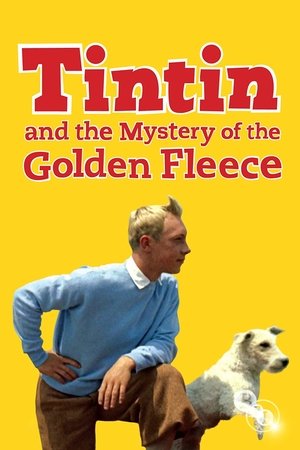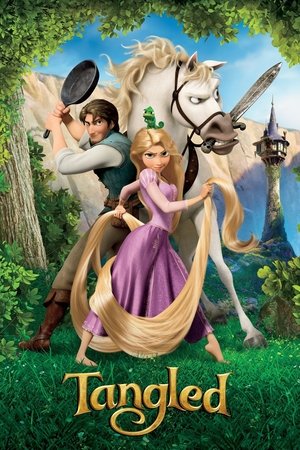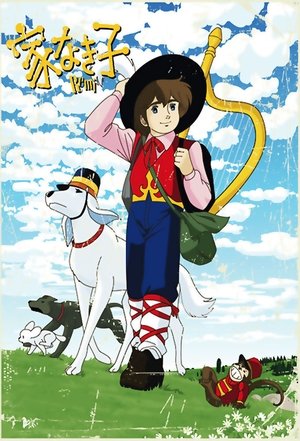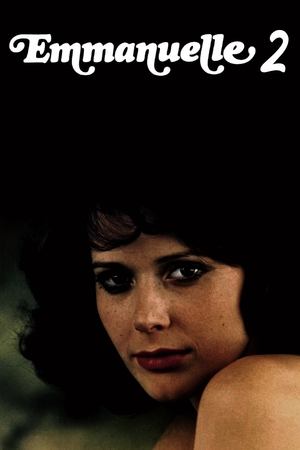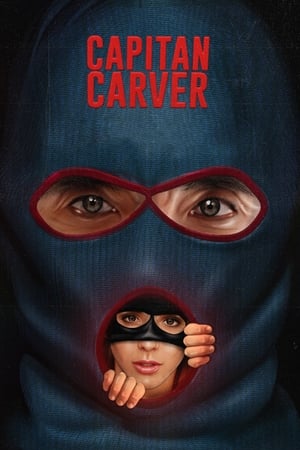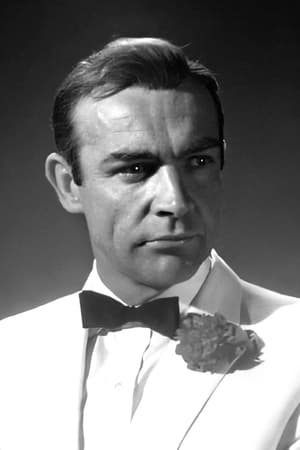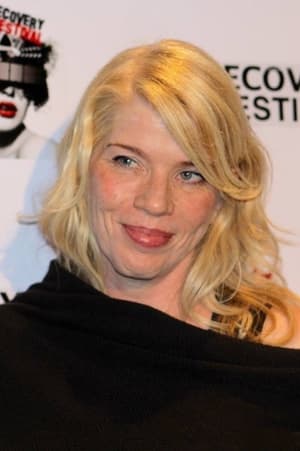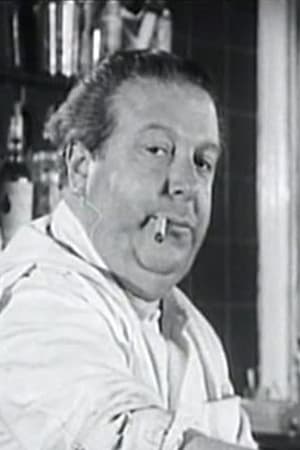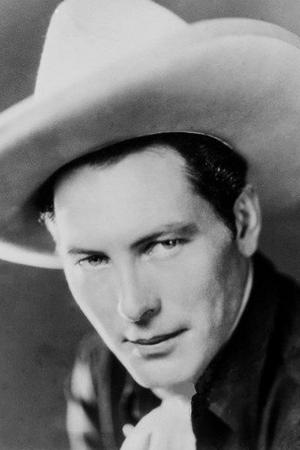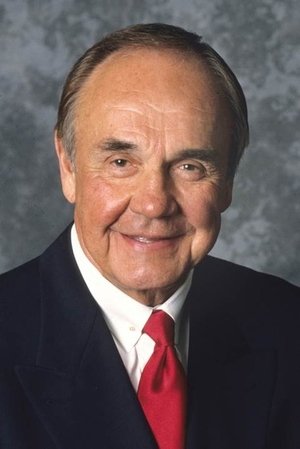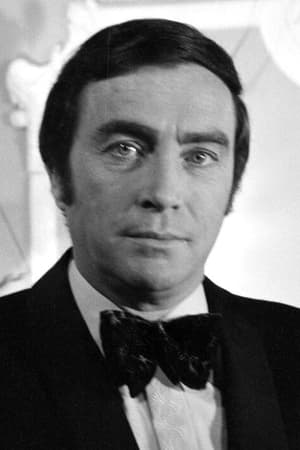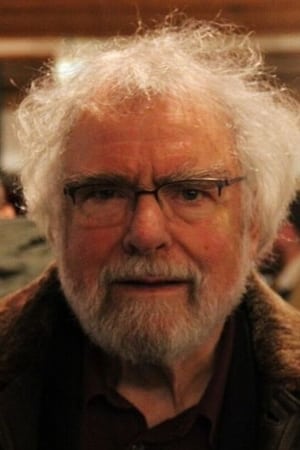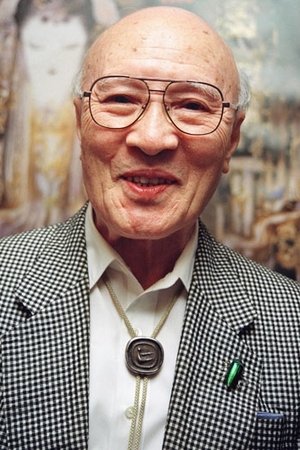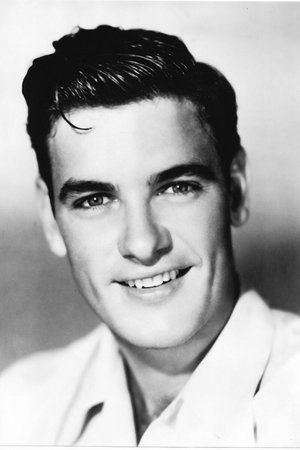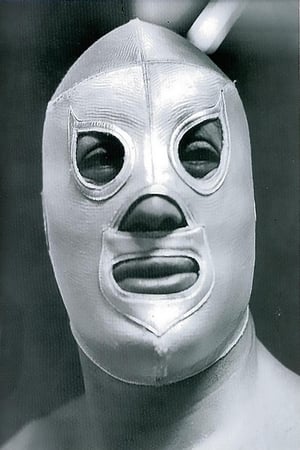Trending
Popular people
Sean Connery
Biography
Sir Thomas Sean Connery (August 25, 1930 – October 31, 2020) was a Scottish actor and producer who won an Academy Award, two BAFTA Awards (one being a BAFTA Academy Fellowship Award), and three Golden Globes, including the Cecil B. DeMille Award and a Henrietta Award.
Connery was the first actor to portray the character James Bond in film, starring in seven Bond films (every film from Dr. No to You Only Live Twice, plus Diamonds Are Forever and Never Say Never Again), between 1962 and 1983. In 1988, Connery won the Academy Award for Best Supporting Actor for his role in The Untouchables. His films also include Marnie (1964), Murder on the Orient Express (1974), The Man Who Would Be King (1975), A Bridge Too Far (1977), Highlander (1986), Indiana Jones and the Last Crusade (1989), The Hunt for Red October (1990), Dragonheart (1996), The Rock (1996), and Finding Forrester (2000).
Connery was polled in a 2004 The Sunday Herald as "The Greatest Living Scot" and in a 2011 EuroMillions survey as "Scotland's Greatest Living National Treasure". He was voted by People magazine as both the “Sexiest Man Alive" in 1989 and the "Sexiest Man of the Century” in 1999. He received a lifetime achievement award in the United States with a Kennedy Center Honor in 1999. Connery was knighted in the 2000 New Year Honours for services to film drama.
On 31 October 2020, it was announced that Connery had died at the age of 90.
Description above from the Wikipedia article Sean Connery, licensed under CC-BY-SA, full list of contributors on Wikipedia
Read more
Christina Beck
Biography
Christina began her career as a teenager acting in such cult films as Suburbia, Boys next door and Dudes all directed by Penelope Spheeris. She then went on to New York City and studied at Playwright's Horizons. Forming her own theatre Co. POW productions Christina wrote, produced and starred in From the Heart premiering at the Samuel Beckett Theatre along with several other off Broadway plays. After writing, directing and acting in numerous Los Angeles theatre productions Christina wrote and starred in her first short film, Disco Man. Also starring Alan Gelfant (Next stop wonderland) and Annette Murphy (Star Maps). Then went on to make the black and white noir comedy, Blow Me, which screened in The New York underground, The Chicago underground and The Seattle underground film festivals.
Read more
Ángel Álvarez
Biography
Ángel Álvarez (September 26, 1906 – December 13, 1983) was a prolific Spanish film actor. He made over 205 film appearances between 1945 and 1982. He is probably best known for his western films of the 1960s and 1970s. He appeared in Spaghetti western films such as Navajo Joe and Django in 1966 opposite Franco Nero. He often played a plump store keeper or a bank manager.
Description above from the Wikipedia article Ángel Álvarez, licensed under CC-BY-SA, full list of contributors on Wikipedia.
Read more
Cliff Lyons
Biography
Cliff Lyons was an American actor, stuntman and second-unit director, primarily of Westerns, particularly the films of John Ford and John Wayne. Lyons, the son of Garrett Thomas Lyons and Wilhamena Johnson Lyons, was raised on a South Dakota farm, though his family lived for a time in Memphis, TN, where he attended business school. An expert horseman, he gave up the notion of a business career and opted for the rodeo arena instead, touring the country;y and eventually reaching Los Angeles at the age of 21. With accomplished cowboys in great demand, Lyons quickly became involved in movies, working both as a stuntman and an actor. After only a couple of bit parts, he was signed by producer Bud Barsky to do seven inexpensive Westerns directed by Paul Hurst, with Lyons and Al Hoxie alternating as the hero and the heavy. Lyons and Hoxie alternated in another Western series produced by Morris R. Schlank, and, as Cliff 'Tex' Lyons, he seemed headed for minor stardom as a B-Western lead. However, Lyons' voice was not well-suited for sound and the talkie revolution confined him to small roles. As his small shot at stardom faded, however, his career as a stunt double for stars big and small was on the rise. He doubled such cowboy stars as Tom Mix, Ken Maynard, Buck Jones and Johnny Mack Brown. In 1936 he worked with John Wayne for the first and struck up a personal and business relationship that would remain strong for three decades. Wayne was influential in getting Lyons his first work as a second-unit director and in introducing Lyons to John Ford, for whom Lyons would do some of his finest work. Lyons' reputation as a stunt coordinator is comparable to that of acknowledged master Yakima Canutt, with whom Lyons partnered on numerous occasions. Perhaps Lyons' most impressive work was the massive and dynamic battle sequences of Wayne's The Alamo (1960). He was married from 1938 to 1955 to actress Beth Marion, with whom he had two sons. Cliff Lyons died in 1974 at 72, not long after coordinating stunts for Wayne's The Train Robbers (1973).
Date of Birth 4 July 1901, near Clarno Township, Lake County, South Dakota
Date of Death 6 January 1974, Los Angeles, California
Read more
Dick Enberg
Biography
Richard Alan Enberg (January 9, 1935 – December 21, 2017) was an American sportscaster. Over the course of an approximately 60-year career, he provided play-by-play of various sports for several radio and television networks, including NBC (1975–1999), CBS (2000–2014), and ESPN (2004–2011), as well as for individual teams, such as UCLA Bruins basketball, Los Angeles Rams football, and California Angels and San Diego Padres baseball.
Enberg was well known for his signature on-air catchphrases "Touch 'em all" (for home runs) and "Oh, my!" (for particularly exciting and outstanding athletic plays). He also announced or hosted the Tournament of Roses Parade for many years, sometimes with the help of family members. Enberg retired from broadcasting in 2016, after seven seasons as the Padres' primary television announcer.
Read more
Robert Quarry
Biography
From Wikipedia, the free encyclopedia
Robert Walter Quarry (3 November 1925 – 20 February 2009) was an American actor, known for several prominent horror film roles.
Quarry was born in Santa Rosa, California, the son of Mable and Paul Quarry, a doctor. His films include Count Yorga, Vampire (1970), its sequel The Return of Count Yorga (1971), and Dr. Phibes Rises Again (1972), in which he played alchemist Dr. Biederbeck pitted against Vincent Price's Phibes in a race to find the mythical elixir of eternal life. Although it is well-known that Price did not care for his co-star - once, when Quarry was singing in his dressing room during the making of Dr Phibes Rises Again, he said to Price, "You didn't know I could sing did you?" and Price replied: "Well I knew you couldn't act." - the two were later also paired in Madhouse (1974). American International Pictures had plans for Quarry to succeed Price, but the decline in the company's fortunes, and old style horror films falling out of fashion, meant that it never happened. Quarry did make further horror film appearances, as the hippy guru vampire Khorda in 1973's The Deathmaster and as a gangster in the 1974 zombie movie Sugar Hill. A third Count Yorga film was often rumored to be in the works, but never materialised.
Quarry's career was further set back by a road accident that resulted in serious facial injuries (in which he was hit by a drunk driver), but he made several memorable guest appearances on TV shows, notably The Rockford Files episode, "Requiem For a Funny Box", as Lee Russo. He also played disfigured gunrunner Commander Corliss in the Buck Rogers in the 25th Century episode "Return of the Fighting 69th". In the 1980s and 1990s, he returned to film, becoming a favorite of director Fred Olen Ray.
Quarry died at the Motion Picture & Television Country House and Hospital in Woodland Hills, California at the age of 83.
Description above from the Wikipedia article Robert Quarry, licensed under CC-BY-SA, full list of contributors on Wikipedia.
Read more
Peter Fleischmann
Biography
Peter Fleischmann (26 July 1937 – 11 August 2021) was a German film director, screenwriter and producer. He worked also as an actor, cutter, sound engineer, interviewer and speaker. Fleischmann belonged to the New German Cinema of the 1960s and 1970s. He is known for directing the 1969 Jagdszenen aus Niederbayern (Hunting Scenes from Bavaria), but he produced films of many genres.
Peter Fleischmann was born in Zweibrücken. He studied at the Deutsches Institut für Film und Fernsehen (German Institute of Film and Television, DIFF) in Munich and Institut des hautes études cinématographiques (IDHEC) in Paris. He had contact with representatives of the French Nouvelle Vague movement, and became a friend of Jean-Claude Carrière, with whom he later wrote screenplays. After years as an assistant director, he became a director in 1963 in short films and children's films. In 1967, he directed a documentary, Herbst der Gammler, about the Gammler subculture, which anticipated the gereration conflicts of the 1968 student movement.
His first full-length film was released in 1969, Jagdszenen aus Niederbayern, based on the play of the same name by Martin Sperr, who also played the leading role. The film reflects critically how a Bavarian village deals with outsiders, especially the homosexual character played by Sperr. The film was awarded prizes, including the Filmband in Silber of Deutscher Filmpreis. It was suggested for a nomination as the Oscars' best foreign film but was not nominated. The film made Fleischmann a representative of the New German Cinema of the 1960s and 1970s. The same year, Fleischmann and Volker Schlöndorff founded the film production company Hallelujah-Film.
In Fleischmann's later works, often the seemingly villainous character would turn out to be a good person. In Das Unheil (Havoc), with a script by Fleischmann and Martin Walser, he criticised in 1972 the provincial attitude of a Hessian small town and pollution of the environment. The film was awarded the Prix Luis Buñuel of the Cannes Festival. In Dorotheas Rache (1974), he created a provocative satire on the sexfilm wave. His 1979 film The Hamburg Syndrome (Die Hamburger Krankheit) about an unknown infectious plague in German, with actor Helmut Griem, received attention again in 2020 during the COVID-19 pandemic. ...
Source: Article "Peter Fleischmann" from Wikipedia in English, licensed under CC-BY-SA 3.0.
Read more
Osamu Takizawa
Biography
Osamu Takizawa (滝沢 修 Takizawa Osamu , 13 November 1906 – 22 June 2000 ) was a Japanese actor. He was born in Ushigome, Tokyo, Japan. Starting at the Tsukiji Little Theater, Takizawa participated in a number of theatrical troupes before forming Gekidan Mingei with Jūkichi Uno. His was praised for his performance in Death of a Salesman and also directed a version of The Diary of Anne Frank. Perhaps his most notable film role was in Fires on the Plain.
From Wikipedia, the free encyclopedia. Description above from the Wikipedia article Osamu Takizawa , licensed under CC-BY-SA,full list of contributors on Wikipedia.
Read more
James Best
Biography
From Wikipedia, the free encyclopedia
James Best (born Jewel Franklin Guy; July 26, 1926 – April 6, 2015) was an American television, film, character, voice, and stage actor, as well as a writer, director, acting coach, artist, college professor, and musician, whose career spanned seven decades of television. He appeared as a guest on various country music and talk shows.
One of the busiest actors in Hollywood, who began his contract career with Universal Studios in 1949, where he met unfamiliar actors Julie Adams, Piper Laurie, Tony Curtis and Rock Hudson. Best's long career began in films in 1950. He appeared primarily in Westerns, playing opposite Audie Murphy in Kansas Raiders (1950), The Cimarron Kid (1952) and The Quick Gun (1964), Raymond Massey in Seven Angry Men (1955), George Montgomery in Last of the Badman (1957), Frank Lovejoy in Cole Younger Gunfighter (1958), and Randolph Scott in Ride Lonesome (1959). He also starred in the science fiction cult movie, The Killer Shrews (1959) and its sequel, Return of the Killer Shrews (2012). He is most known for playing bumbling Sheriff Rosco P. Coltrane in the action/comedy Dukes of Hazzard, a role that he revised in The Dukes of Hazzard: Reunion! (1997) as his character was now "boss" of Hazzard County as well as sheriff, and again in The Dukes of Hazzard: Hazzard in Hollywood (2000).
Read more
El Santo
Biography
Rodolfo Guzmán Huerta debuted in the ring in 1934, but his legend began to be woven on July 26, 1942 in the legendary Arena México. That night the robust fighter - who over the years made a career under the names Hombre Rojo, Enmascarado, Murciélago II and Demonio Negro, among others - debuted a brand new personality under a shiny silver mask. El Santo, the Silver Masked Man, was born.
The legend of El Santo was never the product of chance. His tenacity and versatility in the ring earned him the respect of his opponents and the admiration of the respectable public that night after night filled the coliseums where the Silver Masked Man gave an account of his fearsome rivals. He was rough and technical but, above all, he was an honest fighter who did not have to resort to tricks or scandals to increase his well-deserved fame.
From the ring to the screen, the route that El Santo followed to become an idol of Mexican cinema led him first to the world of comics. Thanks to the inventiveness of the cartoonist and editor José Guadalupe Cruz, Santo was the first fantastic character in popular Mexican literature and one of the most beloved, along with the legendary Kalimán.
The Silver Masked Man made his film debut in 1952. In that year, the popularity of wrestling in Mexico was increasing thanks to the broadcasts of this sport-spectacle on television. At the same time, the comics starring Santo, the Silver Masked Man - printed on that unforgettable sepia-colored paper - invaded magazine stands throughout the country and sold thousands of copies every week. A few years later, the circulation of Santo's adventures would reach more than a million weekly magazines.
Read more

